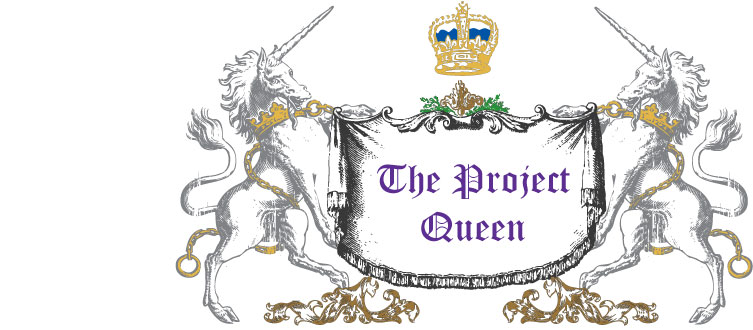I’m sure there a few people who observed the above
photo and wondered what they were looking at. It’s my English Angora Rabbit,
Angus. We had just started one of several recent marathon grooming sessions.
Why marathon you ask? Well, when it comes to extra fine, long hair that never seems to run out, Angora rabbits have your Yorkshire Terrier or Pomeranian beat, hands down. Almost two weeks ago, Angus started one of his quarterly sheds. To further explain, the smaller angora breeds blow their undercoats four times a year.
When I bought Angus at the beginning of May, he had
recently been given his summer haircut. At first I was a little disappointed.
The day I received him was the first time I saw and handled an Angora rabbit in
person. I will be honest and admit that I had been dying to run my fingers
through his long, angel-soft hair. He was still incredibly soft (like The Velveteen Rabbit), but he looked
kind of comical. Anyone who has ever dreamed of Angora ownership has probably
poured over every image they could find on the internet. To say I was a bit
startled when handed a semi-naked, skinny rabbit would be an understatement. I
had gotten used to the compact and slightly plumper body-type of my Lion Head
Bunny.
Even though Angus was moving indoors at my house,
his haircut was a blessing in disguise. I still had a month left at school
before summer vacation, so except for their morning meal, bunny chores waited
until I got home. With Angus’ shorter hair, he wasn’t much of a grooming chore
until shortly after school got out. Then his hair started growing out with a
vengeance. If he wasn’t an indoor bunny I would have sheared him then to give
him relief from the heat. But having Angora wool at my fingertips had been a
dream for a couple of years. I couldn’t wait any longer to have some in my
possession. Plus, I was dying to see what he looked like in his full, hairy
glory.
Before I brought him home, my research led me to
believe that I would be more comfortable plucking or grooming out his shedding
coat. Well, folks, research doesn’t prepare one for reality when it comes to
Angora rabbits. First there was the occasional mat to cut out. Next to go was
the hair on Angus’ back feet and legs. (It was the only solution I had due to
his love-hate relationship with the litter box.) A few weeks ago his Sergeant
Pepper Beetle bangs got trimmed. While the hair-covered face was terribly
charming, it was getting into his eyes, literally. Plus, though he usually knew
I was in the vicinity, he couldn’t see my hand and was startled when I touched
him. The bangs had to go before I gave him a heart attack.
And now for those marathon grooming sessions. When
the coat first started coming out, I tried to keep the combing to half-an-hour.
He would get a day or two in between. Despite my best efforts to work quickly
and thoroughly, the hair kept coming and the grooming sessions kept getting
longer. There was no end to the loose hair coming out in my hands. One episode
ended up stretching into two hours. I stood up to stretch my back. Angus took
the opportunity to beg for an end to the torture. He stretched up on his back
legs and put his face in mine, a clear indication he’d had enough for one day.
Last week, I made the mistake of grooming him before I went to bed. I spent
most of the night dreaming that I was grooming rabbits. It was a little
disturbing. This weekend, I threw in the towel. I started shearing Angus
yesterday. His haircut should be done in a day or two.
He takes shearing very well. In fact, I’m sure he’s
quite used to it and probably wondered why I was making such a production out
of harvesting his hair. Truthfully, I don’t know why I was afraid of the
grooming scissors. We had two dogs for several years that required regular
clipping. (The Cocker Spaniel almost rivaled Angus in the fineness and length
of his hair.) Regardless of how the rabbit and I finally reached this point,
the end is finally in sight. In a few weeks, I’m leaving to visit family and
take my younger daughter back to college. My husband was getting worried about
his ability to groom Angus with the same dedication while I’m gone. Now, that
the rabbit is getting semi-naked again, I think the hubby is doing happy dances
behind my back.
The
Project Queen




